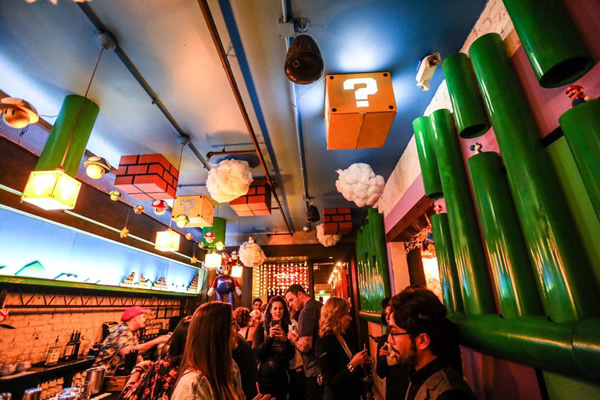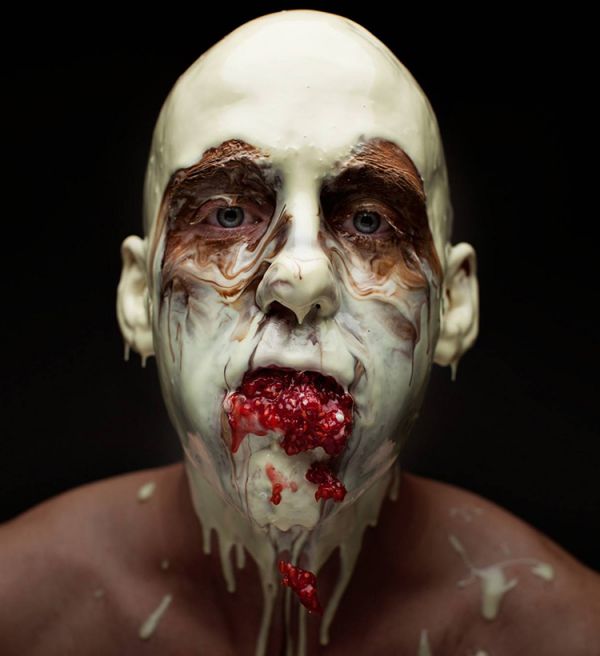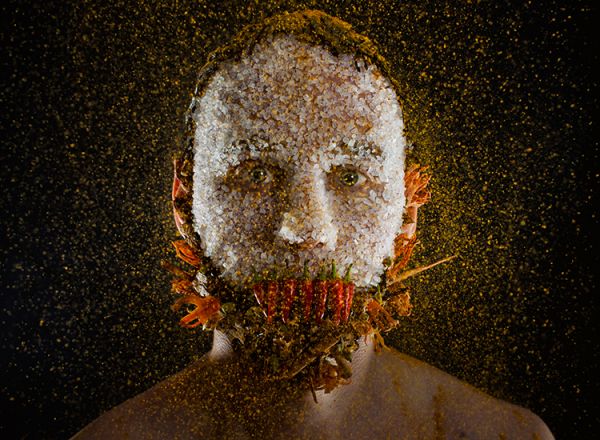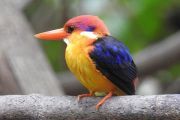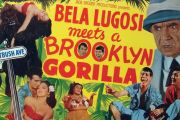The Bittersweet Story of Vanilla

Vanilla beans are a lot harder to grow than you'd think. Did you know that the vanilla vine only blooms one day a year? If a vanilla farmer isn't there on the spot to pollinate them by hand (a tricky process), he won't see any vanilla beans. And even if he does, there's a lot of processing to go through before the flavoring is usable. But vanilla is one of the most popular spices in the world, found in at least 18,000 different products. You might be surprised to learn that the majority of the vanilla we consume today doesn't even come from vanilla beans.
In the late 19th century, scientists figured out how to derive vanillin—the dominant compound that gives vanilla its signature aroma—from less expensive sources. These included eugenol (a chemical compound found in clove oil) and lignin, which is found in plants, wood pulp and even cow feces. Today, about 85 percent of vanillin comes from guaiacol that’s synthesized from petrochemicals. This isn’t something many of us realize, because labeling can be confusing.
In short, vanilla is the plant. Vanillin is one of up to 250 chemical compounds that make up the flavor we know as vanilla. The Food and Drug Administration broadly defines “natural flavors” as those derived from “a spice, fruit or fruit juice, vegetable or vegetable juice, edible yeast, herb, bark, bud, root, leaf or similar plant material … whose significant function in food is flavoring rather than nutritional.” Artificial flavoring, on the other hand, is defined as being derived from substances outside of those parameters—even if the chemical composition of the two products are similar.
So a product containing "natural" vanilla might come from something other than vanilla beans. However, producing vanilla beans is still a lucrative business. Read about the history and the process of producing vanilla at Smithsonian.
(Image credit: tirados joselito)






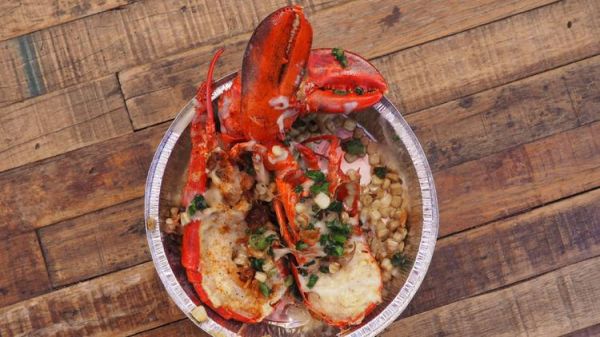


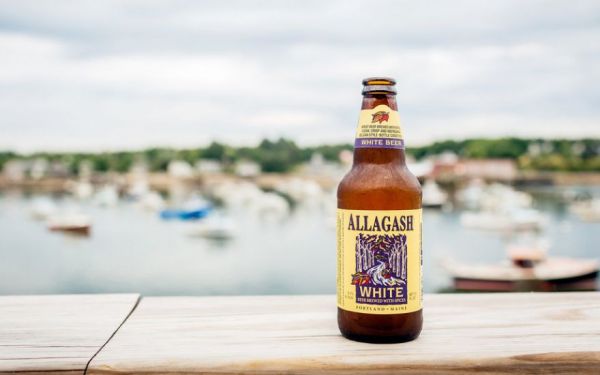
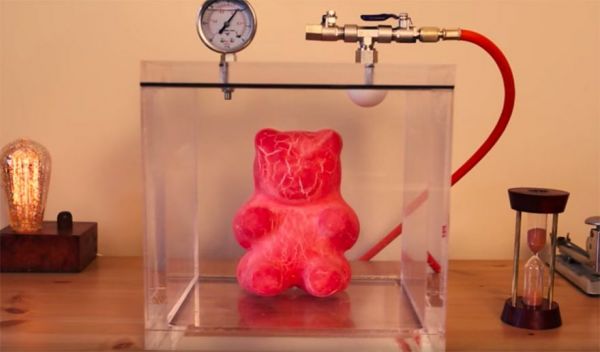
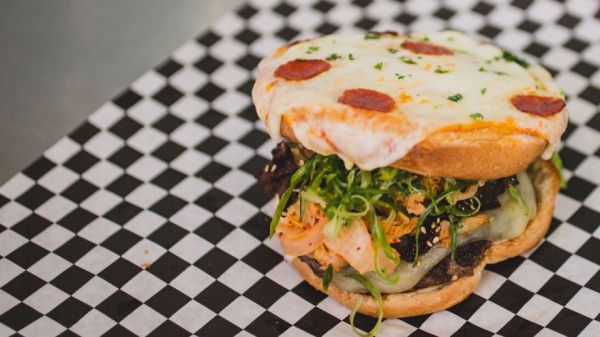
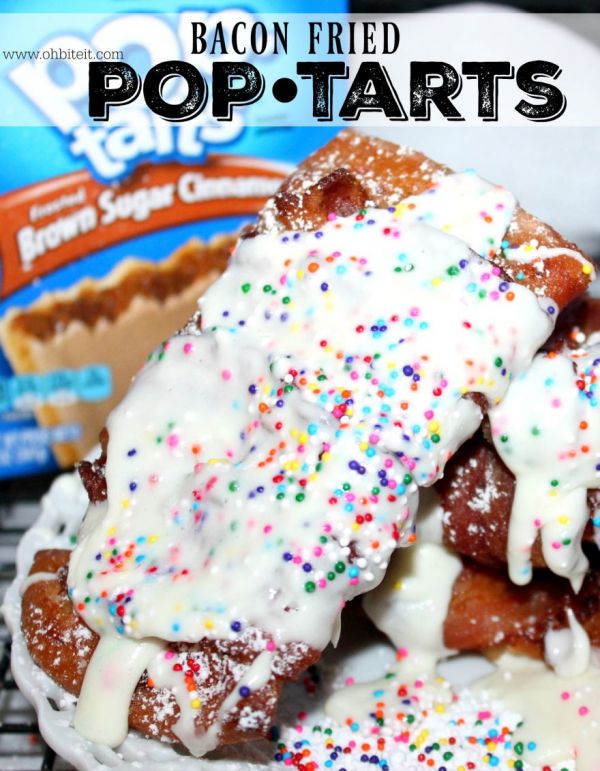
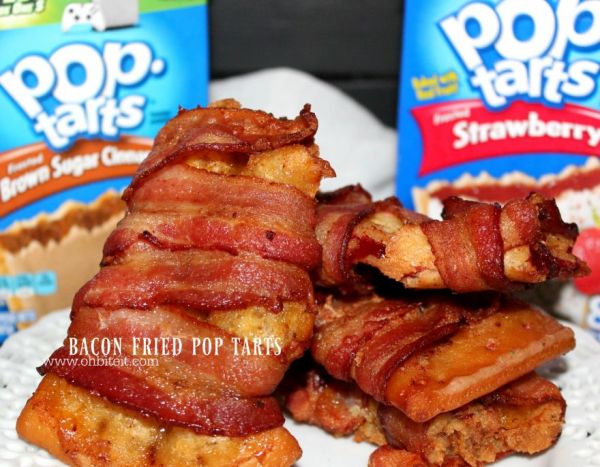
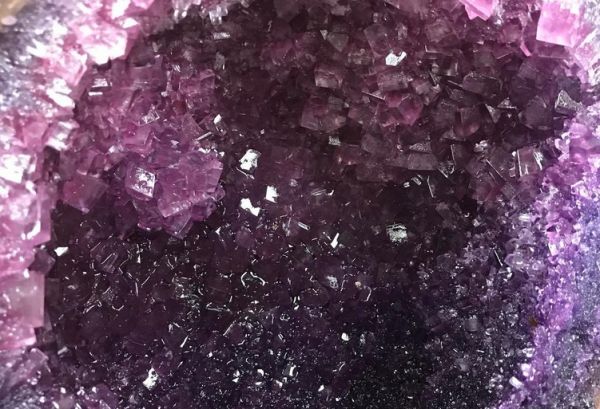
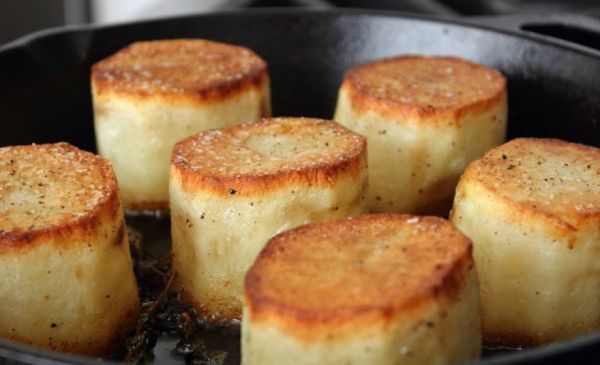


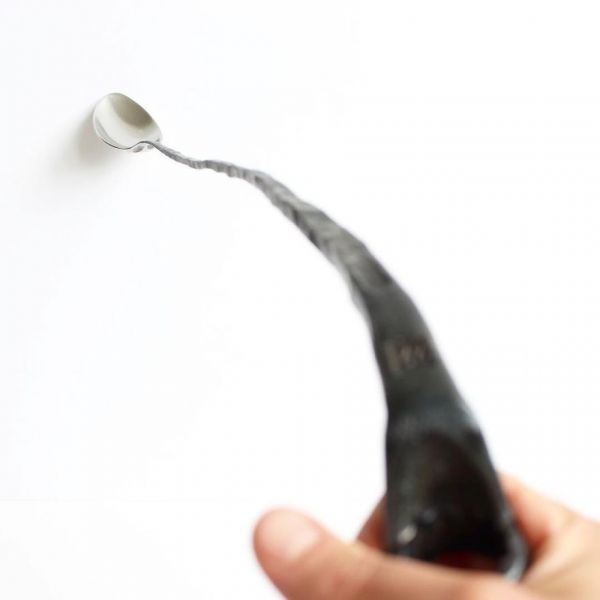
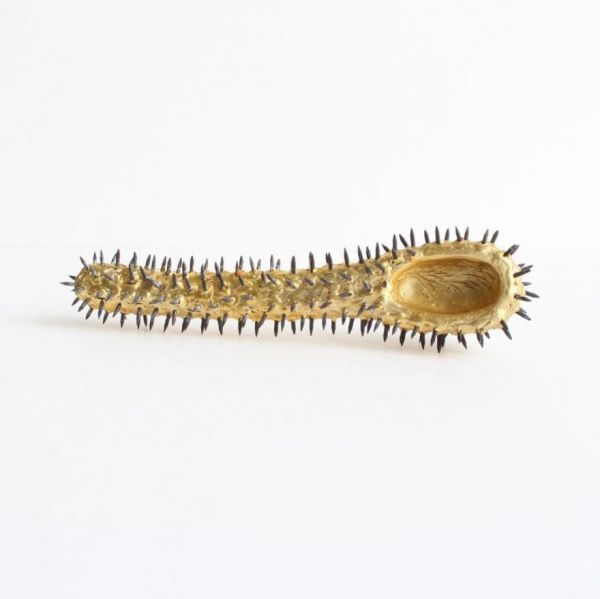
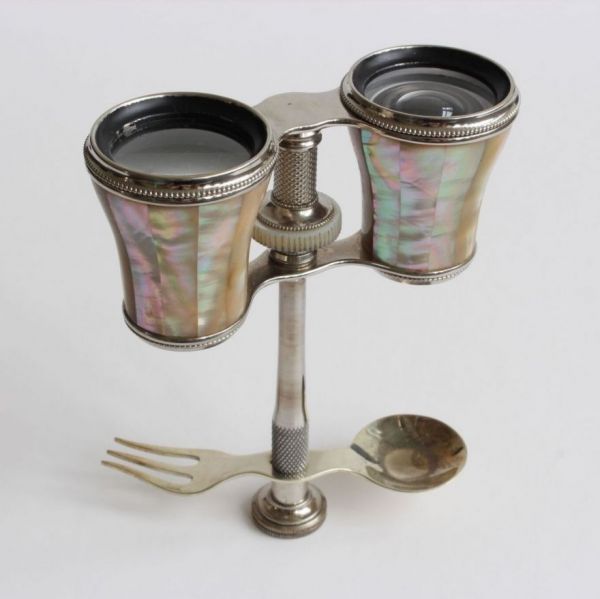

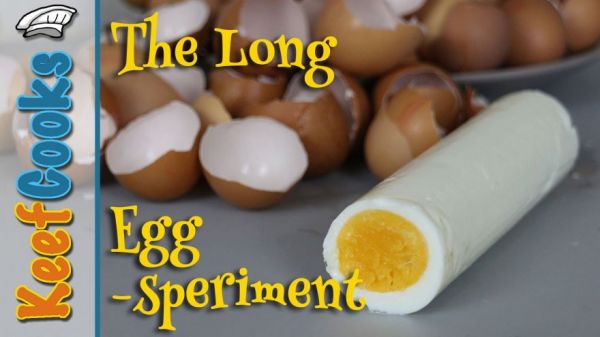
 The following article is from the new book
The following article is from the new book 
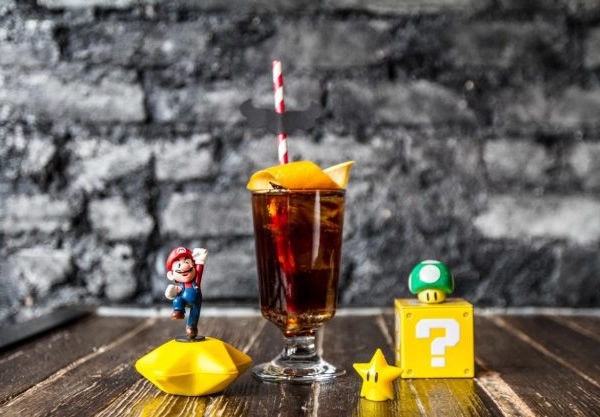
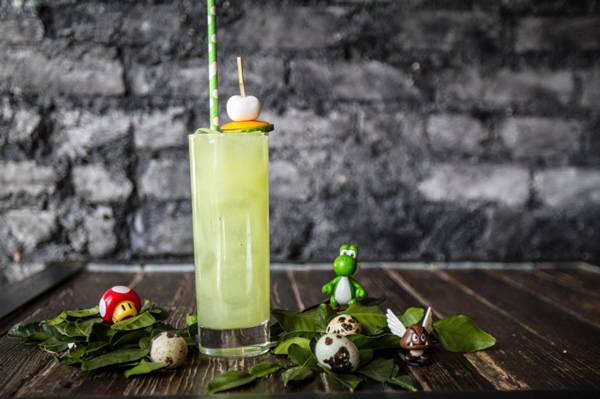 Photo: Farrah Skeiky
Photo: Farrah Skeiky